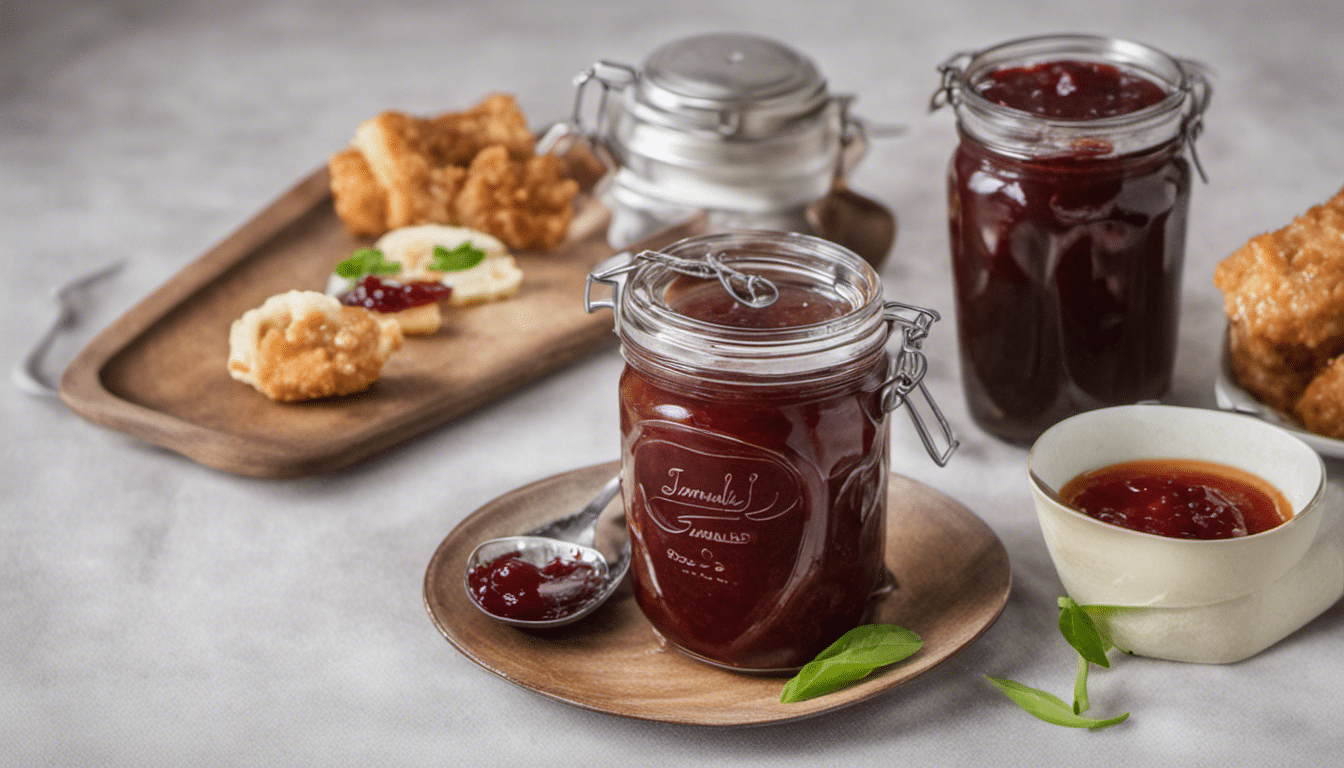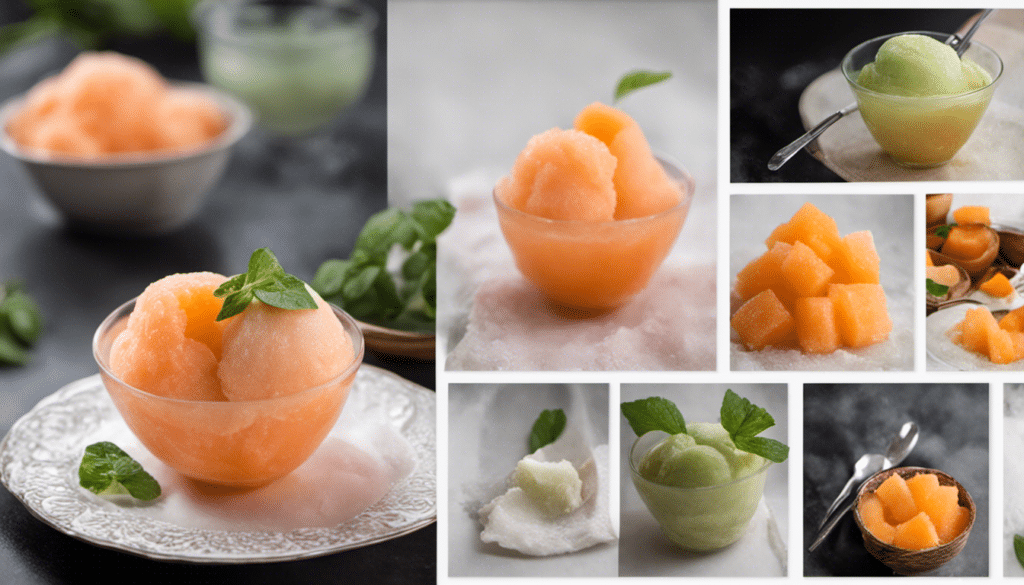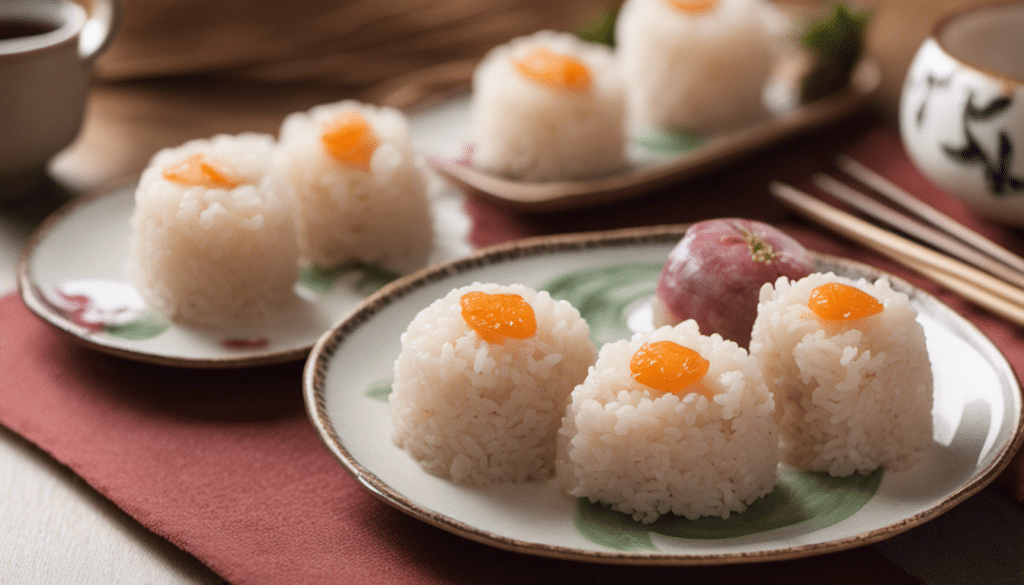| Prep: 15 mins | Cook: 30 mins | Difficulty: Easy | Serves: 6 |
| kcal | fat | saturates | carbs |
| 295 | 0g | 0g | 76g |
| sugars | fibre | protein | salt |
| 70g | 3g | 1g | 0g |
Out of the vast cookbook of New England, there’s one recipe that has recently won my heart – a sweet and tart delight called Jambul Jam. Quintessentially, it seems quite far from the salty breeze of the Atlantic coast where I spent my childhood. But, sometimes, culinary journeys are far more surprising than one would expect. Let’s explore why I love this recipe so much.
A quick glance at the ingredients might give you an impression that it’s similar to your regular jam-making venture. Well, it’s not. The crux of the difference lies in the primary ingredient itself – Jambul, commonly known as Java plum or Indian blackberry. This exotic fruit, sourced from tropical regions, brings a rich mosaic of flavors right from the first bite. It’s safe to say, it doesn’t share the typical fruitiness you’d expect from the jellies you smother on your morning toast. Jambul offers a complex richness, a delightful interplay of sweet and tart that truly sets it apart.
Healthful Indulgence
As a mother to two young daughters, I’m always on the lookout for recipes that not only tantalize the tastebuds but also pack a healthy punch. Studies show that Jambul carries a list of health benefits, from aiding in digestion to maintaining heart health. Its high Vitamin C content lifts the immunity, and the presence of anthocyanins, a unique antioxidant, have potential anti-inflammatory properties. Essentially, when you slather Jambul Jam on your morning toast or use it to sweeten your yogurt, you’re indulging in a guilt-free treat that satisfies your palate and nourishes your body.
Culinary Versatility
While its enchanting flavor and health attributes are reason enough to love Jambul Jam, its versatility in the kitchen is another feather in its cap. Like regular jams, it’s a wonderful spread for toast, but don’t let that limit your culinary experiments. Think past the breakfast table – from savory roasts to desserts. The royal purple hue and intricate flavor profile of the jam beautifully complement a variety of dishes, making it a great companion to cheese boards, salad dressings, even glazes for your pork or duck roasts. You can even consider it as a unique ingredient for a sweet-savory sauce for your Atlantic halibut.
In the end, what I love most about this Jambul Jam recipe is how unexpectedly it fits into my New England culinary heritage. It adds a splash of tropical vibrancy to my recipes that are intrinsically tied to the gloomy coastlines and crustacean delights. The recipe might originate from a land far away, but once you taste it, it’s hard not to claim it as a part of your own culinary repertoire.
What You’ll Need
- 4 cups of jambul (also known as Java plum or Indian blackberry)
- 2 cups of granulated sugar
- 1 tablespoon of lemon juice
- 1 tablespoon of pectin
- 2 teaspoons of apple cider vinegar
Method
Step One
Start by preparing your jambul. Wash these thoroughly and remove the seeds. You should have 4 cups of prepared jambul.
Step Two
In a large pan, add the prepared jambul, 2 cups of granulated sugar, 1 tablespoon of lemon juice, and 2 teaspoons of apple cider vinegar. Combine all the ingredients properly.
Step Three
Switch on the heat to medium and cook the mixture. Continuously stir it to prevent any sticking at the bottom. Let it cook for about 20-30 minutes until the jambul becomes soft and mushy. You can also mash it a bit with the back of your spoon.
Step Four
Once your mixture is nicely cooked, add 1 tablespoon of pectin to the mixture. Continue to cook it on low heat for another 10-15 minutes until the mixture thicken.
Step Five
After cooking, remove the pan from heat and let the jam cool. Once it’s cooled, check for its consistency. If it’s too thick, you can add a bit of water and cook it again for a few minutes. If the consistency is perfect, your jam is ready to be bottled.
Step Six
Transfer the prepared jambul jam to a sterilized jar and seal it tightly. Store it in a cool and dry place. Refrigerate after opening.




